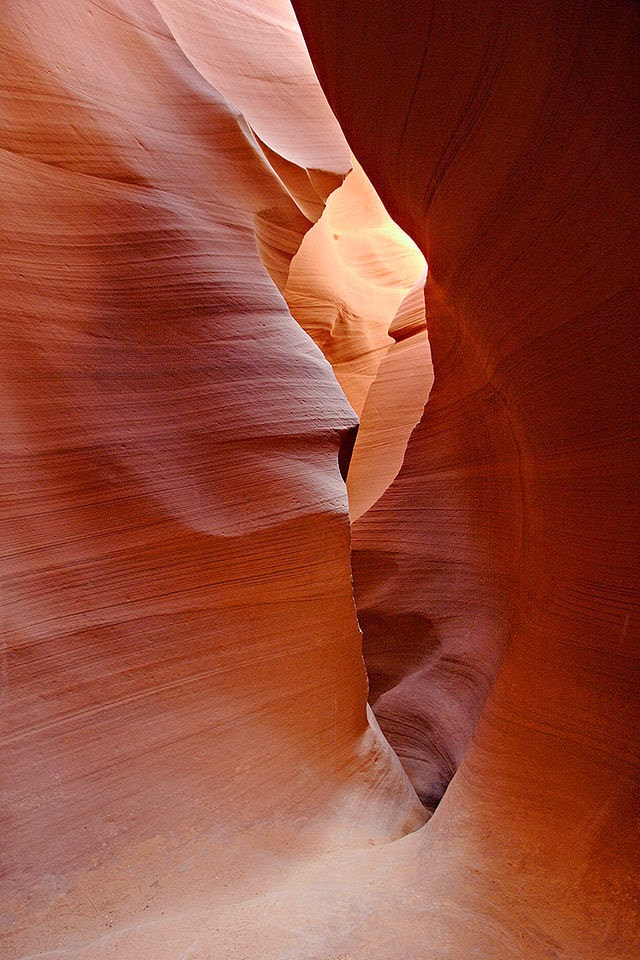Topographic map of Georgia:
The following map illustrates the topography of the state of Georgia. The orange lines show the elevation contours ranging from elevation 200 (nearest to the coast) to elevation 2,000 (nearest to the northern border). The blue lines show the path that a water droplet would run when dropped at a specific point in the state.
Choropleth Map:
Choropleth maps use graded differences in shading or color inside defined areas on the map in order to indicate the average values of a specific property or quality. Choropelth maps are commonly used to illustrate population density, per-capita income, political party affiliation, etc. The map below displays the population density of the United States within state boundaries.
http://volcanoesmakemeexplode.wikifoundry.com/photo/10530474/US+Population+Density+Choropleth+Map
Isarithmic Map:
Isarithmic maps represent data sets that have a continuous distribution and smooth change in value. Examples of isarithmic maps include average annual temperatures, topographic maps, and average annual rain fall. The following isarithmic map illustrates politcal party identification in the United States as of 2008.
https://dsparks.files.wordpress.com/2011/10/cces-2008-party-identification-white.png
Dot Density Map:
Dot density maps use dot symbols to show density differences in geographic distributions over a landscape. They are commonly used for epidemiological purposes as well as to show general population trends. The following dot density map shows the predicted intensity of Ebola virus disease transmission in West and Central Africa.
https://peerj.com/articles/735/
Proportional Symbol Map:
Proportional symbol maps serve the same purpose as dot density maps, but rather than using dots to depict values, they use other symbols. For example, wine bottles of varying sizes would be placed on a map to represent the amount of wine consumed in different areas. The following proportional symbol map shows prison populations in the United States using prison icons of various sizes to show population distribution.
http://personal.frostburg.edu/ingarvie0/Lab%208%20ESRI%20icon%202.jpg


















